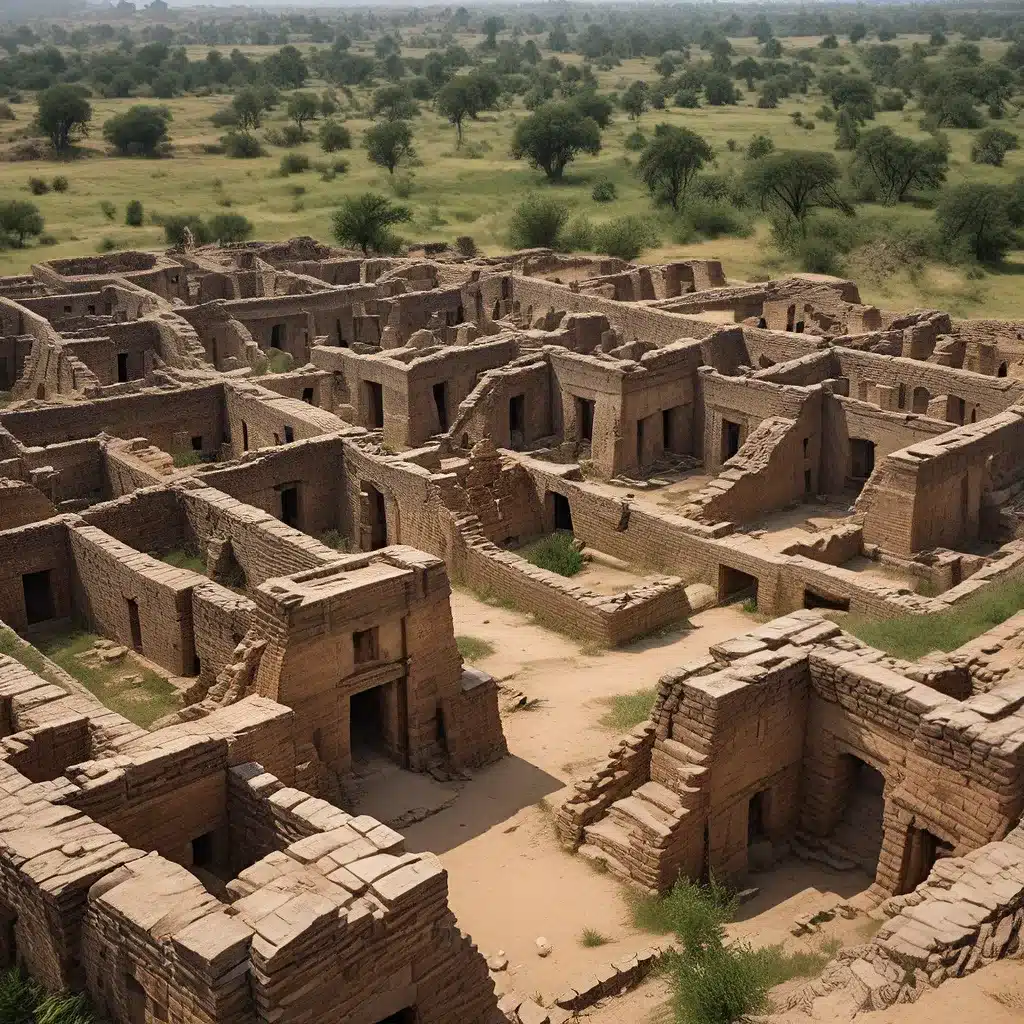
Unraveling the Mysteries of Ancient Cultures
The human quest for knowledge has long been captivated by the enigmatic ruins and forgotten urban civilizations that dot the globe. From the breathtaking Andes Mountains of Peru to the remote Pacific Ocean, these ancient wonders have ignited the imagination of explorers, historians, and everyday enthusiasts alike.
As we delve into the fascinating world of lost cities and forgotten cultures, we embark on a journey through time, uncovering the secrets of the past and shedding light on these intriguing historical enigmas. Join us as we explore the remnants of ancient civilizations that have captivated the human imagination for centuries.
Machu Picchu: The Architectural Brilliance of the Inca
Nestled within the Andes Mountains of Peru, Machu Picchu stands as a testament to the architectural mastery of the Inca civilization. This ancient city, built around the 15th century, remained hidden from the world until its rediscovery in 1911. Today, it attracts millions of visitors each year, who seek to witness the awe-inspiring beauty and mystery that surrounds this UNESCO World Heritage Site.
The exact purpose of Machu Picchu remains a subject of debate among historians and archaeologists. Some suggest that it served as a spiritual sanctuary, while others propose that it was a carefully planned urban center. Regardless of its intended function, the precision and mastery of the Inca stonework found here continue to astound experts and visitors alike.
The Legend of Atlantis: Searching for the Elusive Lost City
The legend of Atlantis has tantalized explorers, scholars, and dreamers for centuries. Described by the ancient Greek philosopher Plato, Atlantis was said to be a powerful and advanced civilization that vanished beneath the waves in a catastrophic event. The search for Atlantis has captured imaginations worldwide, but its existence remains a subject of speculation and fascination.
Despite the lack of concrete evidence, numerous theories and expeditions have sought to locate the lost city of Atlantis. From the sunken city of Santorini to the mysterious structures off the coast of Cuba, explorers continue to piece together fragments of the puzzle. While the true location of Atlantis may remain elusive, the quest for this mythical city continues to ignite curiosity and inspire exploration.
The Enigmatic Moai of Easter Island
Easter Island, located in the remote Pacific Ocean, is home to one of the most intriguing ancient wonders – the Moai. These colossal stone statues, weighing up to 75 tons, dot the island’s landscape, leaving archaeologists and historians pondering the purpose and methods behind their creation.
The construction and transportation of these massive stone figures have long puzzled researchers. How did the ancient Rapa Nui people carve, transport, and erect these gigantic statues using rudimentary tools and resources? Various theories have emerged, suggesting the use of sledges, ropes, and human labor, but the mystery of the Moai remains partially unsolved, adding an air of mystique to this remote island paradise.
Pompeii: A Glimpse into the Past
In the year 79 AD, the eruption of Mount Vesuvius buried the prosperous Roman city of Pompeii under layers of volcanic ash and debris. Pompeii remained hidden from the world for nearly 1700 years until its accidental discovery in 1748. This archaeological marvel offers an unparalleled glimpse into the daily life and culture of an ancient civilization frozen in time.
The well-preserved ruins of Pompeii paint a vivid picture of ancient Roman life. From intricately designed villas and public baths to theaters, markets, and infamous brothels, visitors can explore the remnants of this once-thriving metropolis, gaining insight into the social, political, and cultural aspects of this ancient civilization.
The Enigmatic Nazca Lines: Ancient Geoglyphs
Etched into the arid plains of southern Peru, the Nazca Lines are a series of massive geoglyphs that span over 500 square kilometers. These intricate designs, best viewed from the air, depict various animals, plants, and geometric shapes. The purpose and method behind their creation have puzzled researchers for decades.
Designated as a UNESCO World Heritage Site in 1994, the Nazca Lines have captivated the imagination of scholars and explorers. Theories abound regarding the origin and purpose of these ancient artworks, with some speculating that they were part of a religious or ceremonial practice, while others propose that they served as an astronomical calendar or even as extraterrestrial landing strips. The sheer scale and precision of these ancient geoglyphs continue to astound experts, leaving us to wonder about the beliefs and motivations of the Nazca civilization.
Unraveling the Secrets of Forgotten Cultures
As we uncover the mysteries of lost cities and forgotten cultures, we gain a deeper understanding of the achievements and complexities of our ancient ancestors. From the enigmatic ruins of Machu Picchu to the elusive Atlantis, these ancient enigmas offer a glimpse into the past, inspiring us to continue our quest for knowledge and preserve the remnants of these captivating civilizations.
Through exploration, research, and preservation, we can piece together fragments of the past and unravel the secrets that lay hidden beneath the passage of time. Join us on this extraordinary journey as we uncover the mysteries of ancient civilizations and discover the timeless magic that lies within the stories of our shared human history.
The Lost Kingdoms – Celebrating the Wonders of the Ancient World


